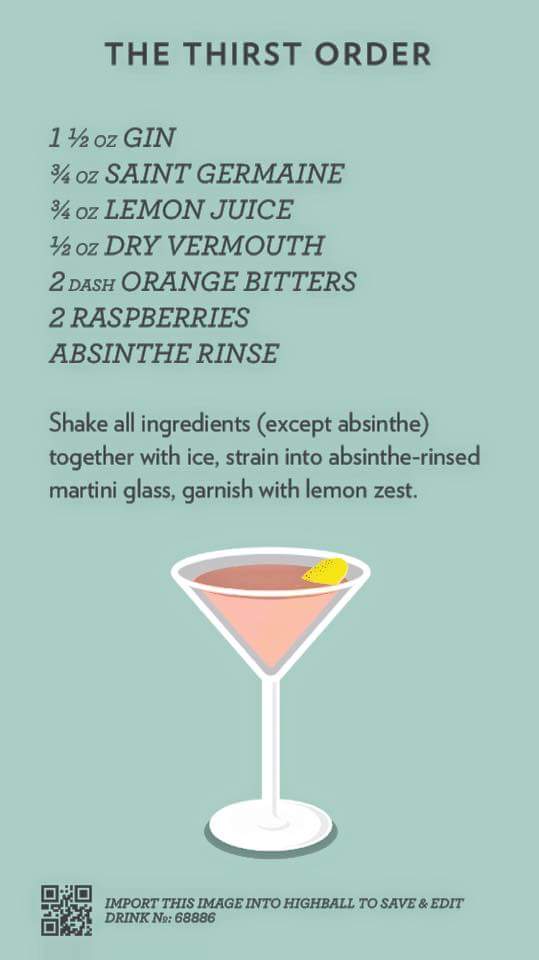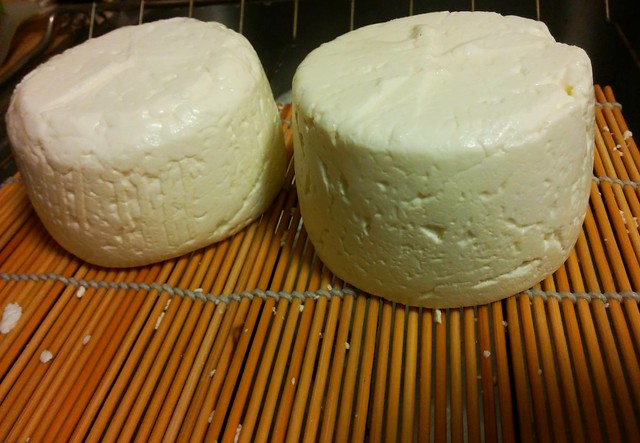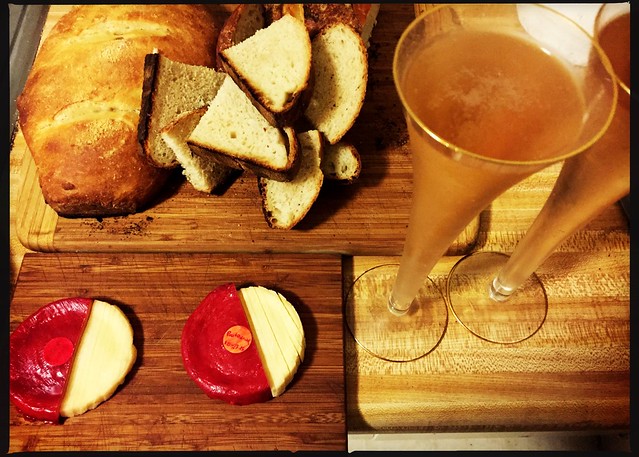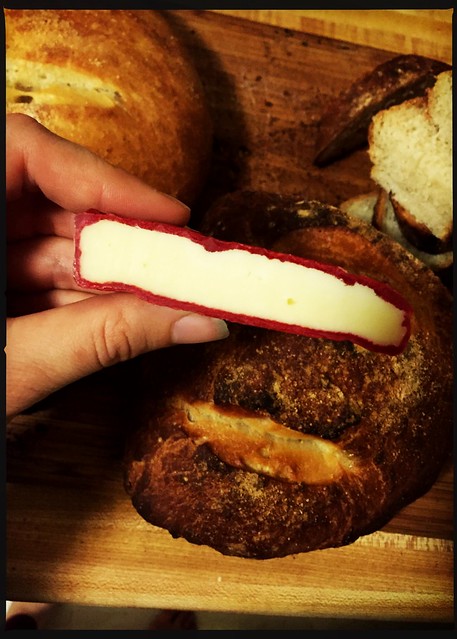After seeing “Star Wars: The Force Awakens,” we went home and I invented a drink called The Thirst Order (inspired by the movie). The movie was fun, and the drink was tasty. It has quickly become the new household favorite 🙂
Now, I shall share it with you…
If you want to copy and paste it, that is:
The Thirst Order
1 1/2 oz gin (we like Bummer and Lazarus)
3/4 oz Saint Germaine
3/4 oz lemon juice
1/2 oz dry vermouth (we like Imbue’s Bittersweet Vermouth)
2 dashes orange bitters (we like Regan’s Orange Bitters)
2 raspberries
absinthe rinse (we like Saint George)
You don’t need to muddle the raspberries or anything, just shake with ice and that will mash them up just fine. And they make the drink so pretty and pink. I do suggest straining through a very fine-mesh strainer, though, unless you like seeds in your drink!
The Thirst Order was inspired heavily by its predecessor, The Christine Special, which was, I believe: 1.5 oz gin, 0.5 oz dry vermouth, 0.5 oz Saint Germaine, with orange bitters. Clearly, the Christine Special was heavily inspired by its predecessor, the bijou, which was heavily inspired by its predecessor, the martini, and so on. I didn’t invent the bijou or the martini, by-the-way.




